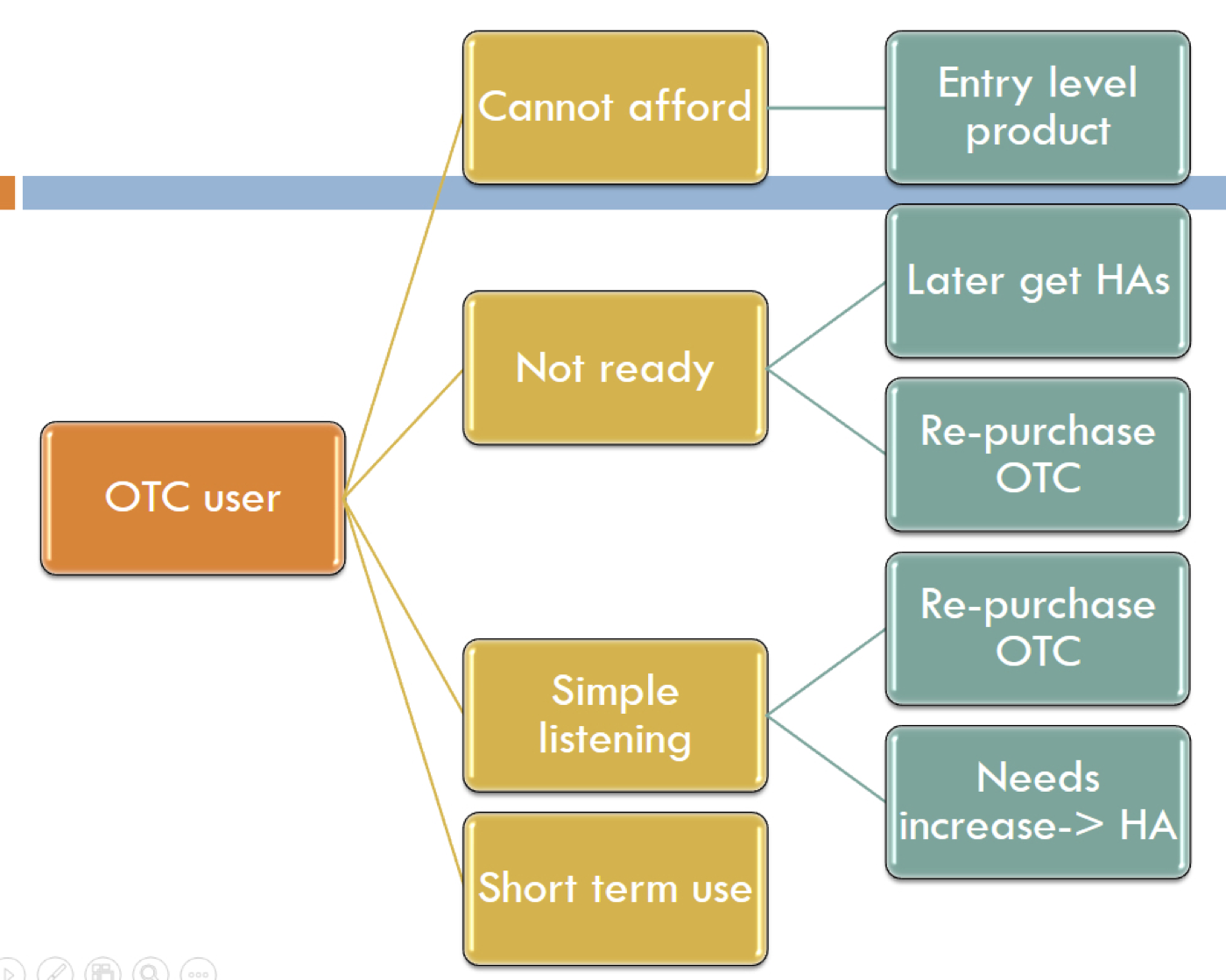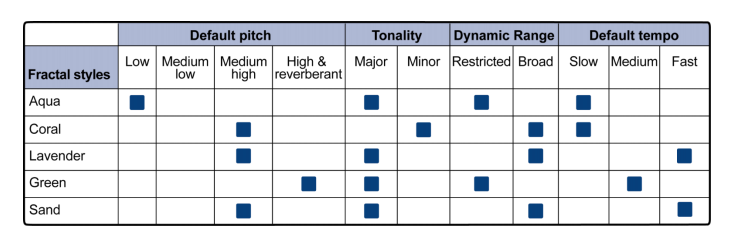Purpose
There is a need for well-defined language phenotypes suitable for adolescents in twin studies and other large-scale research projects. Rice, Hoffman, and Wexler (2009) have developed a grammatical judgment measure as a clinical marker of language impairment, which has an extended developmental range to adolescence.
Method
We conducted the first twin analysis, along with associated phenotypic analyses of validity, of an abridged, 20-item version of this grammatical judgment measure (GJ-20), based on telephone administration using prerecorded stimuli to 405 pairs of 16-year-olds (148 monozygotic and 257 dizygotic) drawn from the Twins Early Development Study (Haworth, Davis, & Plomin, 2012).
Results
The distribution of scores is markedly skewed negatively, as expected for a potential clinical marker. Low performance on GJ-20 is associated with lower maternal education, reported learning disability (age 7 years), and low scores on language tests administered via the Twins Early Development Study (age 16 years) as well as General Certificate of Secondary Education English and Math examination performance (age 16 years). Liability threshold estimates for the genetic influence on low performance on GJ-20 are substantial, ranging from 36% with a lowest 10% criterion to 74% for a lowest 5% criterion.
Conclusions
The heritability of GJ-20 scores, especially at more extreme cutoffs, along with the score distribution and association with other indicators of language impairments, provides additional evidence for the potential value of this measure as a clinical marker of specific language impairment.from #Audiology via ola Kala on Inoreader http://ift.tt/2m3cpVT
via IFTTT

